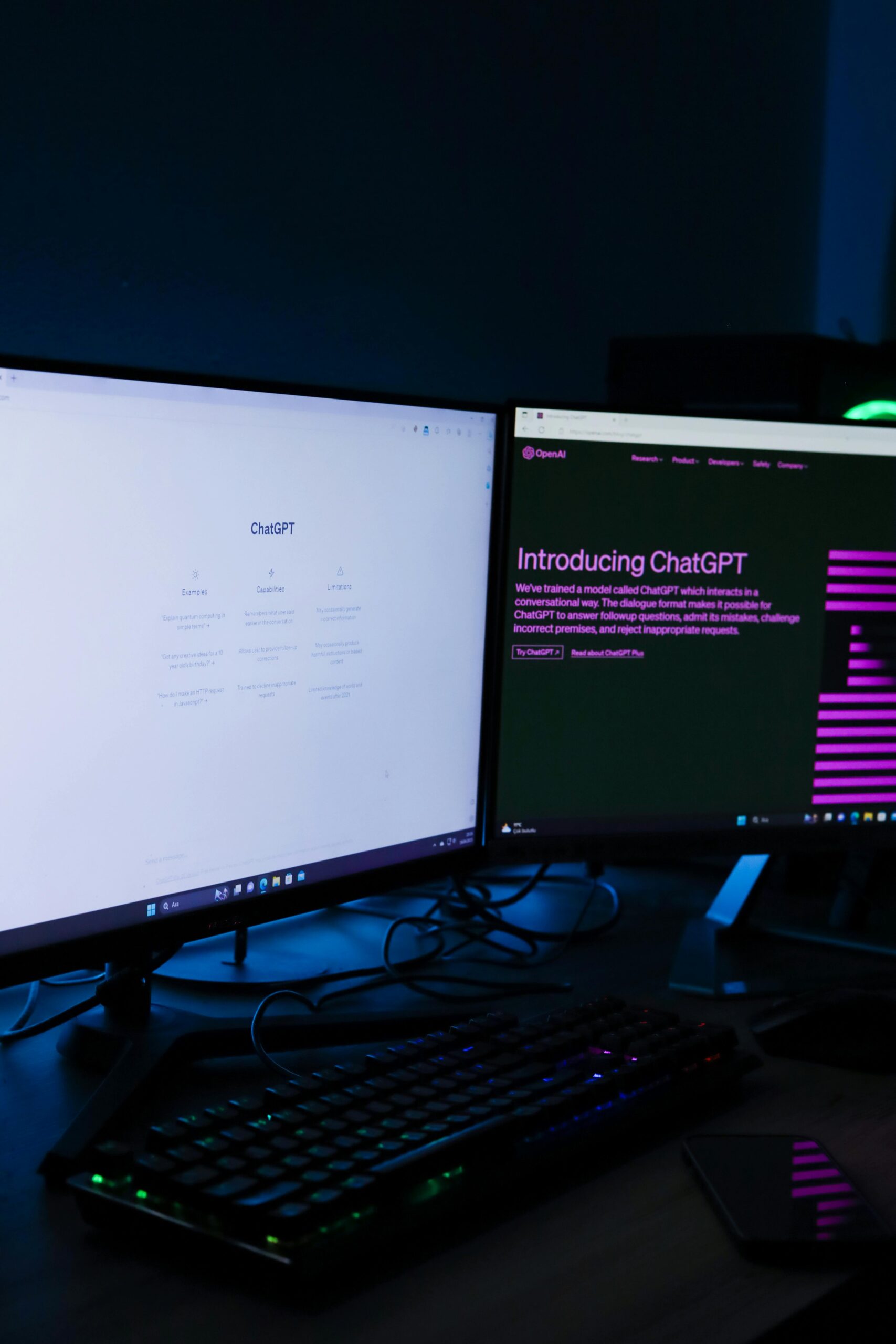
For years, it seems like Google’s search traffic has been a dependable source of distribution for publishers.
But is that all about to change?
While Facebook seems to get constantly lit up for its ever-changing algorithm rules — and recently its downgrading of news content — we should be paying real attention to what is happening with Google’s recent changes.
What does people-first content mean?
It’s pretty well documented that Google wants to see content that follows their E-E-A-T acronym (Experience, Expertise, Authoritativeness, and Trustworthiness). That approach has been good news for publishers, because it’s very in line with our mission and the kinds of content many create already.
FREE GUIDE
Download Your Guide to Pitching Branded Content"*" indicates required fields
We generally understood that meant the information was accurate, fact checked, well sourced and valuable to the community.
But for certain kinds of content, Google has taken the E-E-A-T approach to a new level. In a nutshell, when a publisher creates one of those very popular lists about somewhere to eat or offers a guide on an attraction, Google wants to make sure you know what you’re really talking about.
This is the guide Google has created to explain helpful content and people-first content.
They want to avoid content ending in disappointment (meaning the place is no longer open, the restaurant doesn’t actually have very good food or the information promised in the headline wasn’t in the story). They are basically looking for publishers to prove it, especially when it comes to lists and to do it through sharing personal experiences.
It actually seems quite fair, but it’s raising some eyebrows from those who have enjoyed amazing search traffic over the years from this kind of content.
Here are a few things you should know and do:
Tell stories in first-person when you can
Go ahead and search for an attraction (a water park, a kids museum) and I can almost guarantee you that a Mom Blog or a community blog will show up at the top of search results. Why? Because Google sees these as high-quality, not necessarily from a traditional journalism perceptive, but because the content is so people-first and actionable.
What should you do? If someone on your staff (or a freelancer) has a personal experience with an attraction or restaurant — or is willing to seek one out — have them write their piece in first person. Check out this terrific piece my friend Amanda Cochran did for a TV station in Houston on a water park in Texas and it’s exactly what I am suggesting you do. She explains everything she experienced at the waterpark with tips.
Help readers do something with the info
It’s not enough to just tell readers about a place, you have to get down into the details and tell them why you’re featuring it. Google likes this, maybe not as much as those personal take out pieces, but it’s definitely better than just running a list and featuring general info about the place.
How do you do this? Under each location, feature headers like “what to eat” or “insider tip.” You could establish those headers by some basic sourcing like asking a bike shop owner tips on the best bike trails for kids or even polling your audience for their favorite picks. Online reviews and Facebook Groups are another solid resource to use. Do a matching game, seeing if the places that the experts, your audience and online research all came up with provided the same results.
Here are some examples on how to have this additional layer built into list-based stories that we have produced for clients:
Top 10 burgers in the Triangle area
Top pizza places in Alpharetta to satisfy your cravings
Update the content, add a map and contact info
Updating content is still very important and there are many instances where this practice will help ensure evergreen content continues to be indexed well. That is the case for list content but also things like school report cards. Having a calendar that you can follow that ensures annually you are updating content at certain times throughout the year will help ensure you’re doing the right things for your search performance.
One tip: Make sure that you are making those updates well in advance before people start searching for this content. For example, if you have a guide on holiday events or lights, you’d want to make those updates in October, not in mid November. Being the first publisher to have updated information will result in positive search results for really all sorts of content, but definitely these kinds of useful lists.
These things will make for happy readers
When you do right by the reader you will be rewarded and I fully believe that these new requirements from Google are in the best interest of who we serve.
We help lots of publishers with evergreen strategies, list-based content and general information that needs to be updated every year (school calendars, etc.) We understand how to adjust content to ensure the information you’re publishing will continue to be seen by Google. Feel free to reach out to me here to learn how we can help you.
We'd love to help your organization! Fill out the form below to get started.
Recent Posts

Advertisers love these engaging newsletter units

These GPTs will elevate your content & revenue

How and why your SEO strategy should evolve

Here’s how to make editor and publisher letters more useful for your audience

David Arkin Consulting welcomes Olivia Sims as content writer
Case Studies

How this unique coaching program taught a reporter the digital skills she needs for the future

How branded content sales exploded for this newspaper in New York

How a TV station in South Dakota significantly grew its traffic through Stacker’s news wire

How these changes helped this newspaper’s coverage of a limo trial skyrocket to the top of Google search result pages

